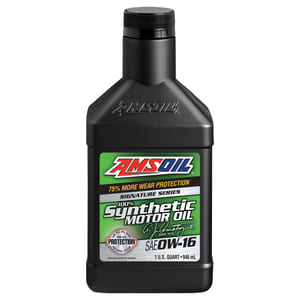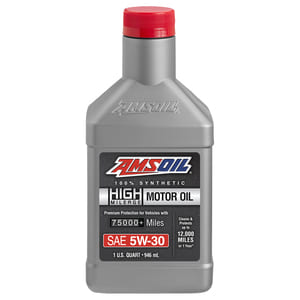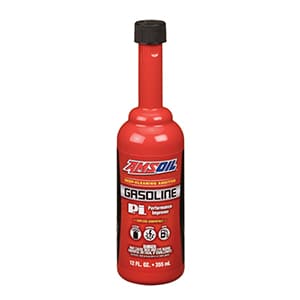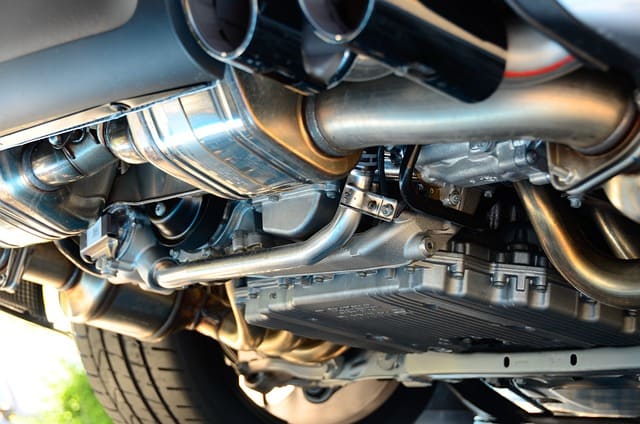Welcome to an in-depth exploration of vehicle catalytic converters and their role in maintaining optimal emissions and engine performance. Today, we discuss what does a catalytic converter do for a vehicle, and delve into the intricacies of the stoichiometric air-fuel ratio, five gas analysis, engine oil impact, fuel injection, and more. This comprehensive guide aims to enlighten car enthusiasts about the importance of catalytic converters and how to maintain them for peak efficiency.

Understanding Emissions and Catalytic Converters
Definition of Stoichiometric Air-Fuel Ratio (14.7 to 1)
The stoichiometric air-fuel ratio, often referred to as 14.7 to 1, is the ideal ratio of air to fuel necessary for complete combustion in internal combustion engines. This “perfect” ratio ensures maximum efficiency in burning the fuel, resulting in minimal emissions and optimal engine performance.
Purpose of Catalytic Converters
Catalytic converters are crucial components in modern vehicles designed to reduce harmful emissions. They achieve this by converting toxic gases produced during combustion into less harmful substances before they are released into the atmosphere. Understanding what does a catalytic converter do for a vehicle is essential for appreciating its role in emission control and environmental protection.
Emissions Conversion Process
- Carbon Monoxide to Carbon Dioxide: Carbon monoxide (CO), a colorless and odorless gas, is converted into carbon dioxide (CO2) through oxidation. CO is a dangerous emission that catalytic converters help mitigate.
- Hydrocarbons to H2O: Hydrocarbons, which are essentially unburnt fuel, are transformed into water (H2O) and carbon dioxide through a series of chemical reactions.
- Oxides of Nitrogen to Oxygen and Nitrogen: Nitrogen oxides (NOx), which contribute to smog and acid rain, are reduced to nitrogen (N2) and oxygen (O2), significantly reducing their environmental impact.
Five Gas Analysis
Purpose of Five Gas Analysis
A five gas analysis is a diagnostic method used to assess the efficiency of a vehicle’s emission control system. This analysis provides critical data about the combustion process and helps identify potential issues within the exhaust system.
Process of Conducting the Analysis
The analysis involves inserting a wand into the vehicle’s tailpipe to “sniff” the exhaust gases. The collected data gives insight into the content and concentration of various gases emitted by the vehicle.
- Measuring Exhaust Content: The wand measures the levels of different gases to evaluate how well the catalytic converter and other emission control systems are functioning.
Key Components Measured
- CO2 (Carbon Dioxide): Ideally, CO2 levels should be around 14%. Anything above 13-13.5% indicates the car is running efficiently.
- Carbon Monoxide (CO): CO levels should be 2% or less to avoid pollution and indicate a healthy combustion process.
- Hydrocarbons (HC): Acceptable levels are 200 parts per million (ppm) or less. High HC levels indicate incomplete combustion.
- Oxides of Nitrogen (NOx): Should range between 0 and 7%. Higher levels suggest issues with the catalytic converter or the combustion process.
- Oxygen (O2): Ideal O2 levels should be 3-4%. Deviations may indicate problems with the air-fuel mixture.
Importance of the 14.7 to 1 Air-Fuel Ratio
How It Affects Overall Engine Function

The 14.7 to 1 air-fuel ratio is critical for ensuring that the engine runs smoothly and efficiently. This ratio allows for the complete combustion of fuel, which is essential for optimal performance and minimal emissions.
Impact on Emissions
Maintaining the stoichiometric air-fuel ratio minimizes the production of harmful emissions. It ensures that the catalytic converter can effectively convert pollutants into less harmful substances, reducing the vehicle’s environmental impact.
Role of Engine Oil in Emissions
How Oil Can End Up in Exhaust
Engine oil can sometimes find its way into the exhaust system due to imperfections in the engine. Over time, small amounts of oil can bypass the piston rings and enter the combustion chamber, subsequently being burned and emitted as exhaust gases.
Impact of Oil on Catalytic Converter Function
Oil in the exhaust can adversely affect the catalytic converter. The contaminants can coat the catalyst material, reducing its efficiency in converting harmful gases. This can lead to increased emissions and reduced performance.
Importance of Anti-Wear Additives
- Zinc and Phosphorus: These additives are crucial for reducing engine wear. However, excessive amounts can poison the catalytic converter, lowering its efficiency.
- Potential to Poison Catalytic Converter: Phosphorus, in particular, can deposit onto the catalytic converter, clogging it and reducing its ability to process emissions effectively.
Modern Oil Formulation Challenges

Balancing Performance and Emissions Requirements
Creating engine oils that provide excellent performance while not compromising on emissions is a delicate balancing act. Modern oils must be formulated to ensure they do not negatively impact the vehicle catalytic converter.
Importance of Front-End Oil Engineering
Developing oils that meet performance and emissions standards from the outset is crucial. This proactive approach helps avoid the need for excessive additives, which can harm the catalytic converter.
Avoiding Excessive Use of Zinc and Phosphorus Additives
While these additives are beneficial for engine protection, their overuse can lead to catalytic converter issues. Thus, modern oil formulations aim to minimize these components while still providing adequate engine protection.
Fuel Injection and Additives

Relationship Between Fuel Injection and Emissions
Fuel injection systems play a vital role in maintaining a proper air-fuel mixture, which is essential for efficient combustion and low emissions. The precision of fuel injection directly impacts the effectiveness of the vehicle catalytic converter.
Benefits of Fuel Additives
- Maintaining Injector Spray Patterns: Fuel additives help keep fuel injectors clean, ensuring a consistent spray pattern for optimal combustion.
- Keeping Rings Sealing Properly: Additives can enhance the sealing properties of piston rings, preventing oil from entering the combustion chamber.
- Preventing Deposit Buildup: Fuel additives help in reducing deposits within the engine, ensuring a cleaner and more efficient combustion process.
Common Emissions-Related Issues
Check Engine Light and Emissions
The check engine light often indicates emissions-related problems. Issues with the catalytic converter or fuel injection system can trigger this warning, signaling the need for maintenance.
Importance of Maintaining Efficiency
Regular maintenance and using quality products are essential for ensuring that the vehicle catalytic converter and other emission control systems function correctly. This not only helps in reducing emissions but also enhances overall vehicle performance.
Finding Emissions-Friendly Products

AMSOIL Product Recommendations
AMSOIL offers a range of products designed to help maintain compliant emission levels and enhance vehicle performance. Their engine oils and fuel additives are formulated with the latest technology to ensure minimal impact on catalytic converters.
Where to Purchase
For those seeking to improve their vehicle’s emissions and performance, AMSOIL products can be found at bestengineoilintheworld.com. These products are specifically designed to meet modern emissions standards and provide optimal engine protection.
Additional Considerations for Emissions Control
Regular Maintenance Schedule
Following a regular maintenance schedule is crucial for ensuring that the vehicle’s emission control systems are functioning correctly. Regular oil changes, using quality oil, and keeping the fuel injection system clean are essential practices.
Importance of Using Quality Fuel
Using high-quality fuel reduces the risk of introducing contaminants that can harm the catalytic converter and other emission control components. It ensures a cleaner combustion process and fewer emissions.
Impact of Driving Habits on Emissions
Driving habits can significantly impact emissions. Aggressive driving, frequent short trips, and excessive idling can increase the production of harmful gases. Adopting smoother and more efficient driving habits can help reduce emissions.

Future of Emissions Technology
Emerging Trends in Catalytic Converter Design
Advancements in catalytic converter technology continue to evolve, focusing on improving efficiency and reducing the environmental impact. New materials and designs are being developed to enhance the conversion process of harmful emissions.
Potential Improvements in Oil and Fuel Formulations
The ongoing research in oil and fuel formulations aims to create products that provide superior performance while being environmentally friendly. These innovations promise to further reduce emissions and enhance the efficiency of emission control systems.
Conclusion
Understanding what does a catalytic converter do for a vehicle and maintaining the ideal 14.7 to 1 air-fuel ratio is essential for every car enthusiast. By appreciating the role of five gas analysis, the importance of engine oil, and the benefits of fuel additives, one can ensure their vehicle runs efficiently and produces minimal emissions. Keeping abreast of new technologies and adhering to regular maintenance routines will help in maintaining an efficient and compliant vehicle. For the best in emission-friendly products, AMSOIL offers top-quality solutions to keep your vehicle performing at its best.

